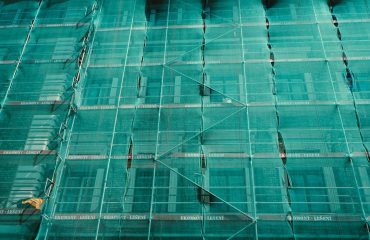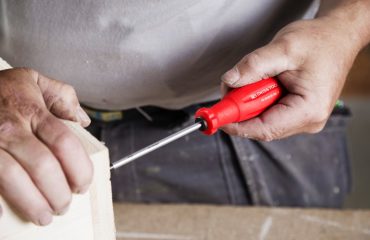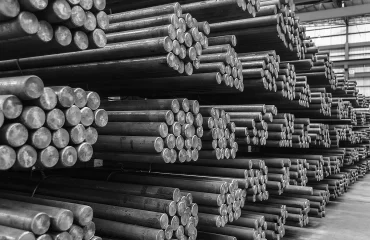Selecting the appropriate piping system is crucial for the success of any energy project. From oil and gas transportation to geothermal energy distribution and renewable energy infrastructure, the right pipe ensures efficiency, safety, and longevity. This comprehensive guide will walk you through the key considerations for choosing the right pipe, helping you navigate the complexities and make informed decisions.
1. Material Selection: The Foundation of Pipeline Strength
The choice of pipe material is paramount, significantly influencing the project’s cost, durability, and environmental impact. Several factors dictate the optimal material:
- Fluid Type: The transported fluid (crude oil, natural gas, water, steam, etc.) dictates the material’s chemical compatibility. Certain materials are resistant to corrosion from specific chemicals, while others are not. For example, carbon steel is widely used but susceptible to corrosion in certain environments, necessitating coatings or alternative materials like stainless steel or specialized alloys.
- Operating Pressure and Temperature: Higher pressures and temperatures necessitate materials with superior strength and creep resistance. High-strength steel alloys, stainless steel, and even specialized polymers might be required for extreme conditions.
- Environmental Considerations: The surrounding environment influences material selection. Soil conditions, potential for external corrosion, and seismic activity all factor into the decision. Coatings and cathodic protection might be necessary to mitigate corrosion in aggressive environments.
- Cost-Effectiveness: While material properties are crucial, cost is a significant factor. Balancing material performance with budget constraints is essential. A life-cycle cost analysis often reveals that a slightly more expensive, longer-lasting material can be more economical in the long run.
2. Pressure Rating and Diameter Calculations: Ensuring Safe and Efficient Flow
Accurate pressure rating and diameter calculations are critical for ensuring safe and efficient fluid transportation. These calculations involve several factors:
- Design Pressure: This is the maximum allowable pressure within the pipeline, considering factors like operating pressure, safety margins, and potential pressure surges.
- Pipe Diameter: The diameter influences flow rate and pressure drop. Larger diameters generally reduce pressure drop but increase material costs. Hydraulic calculations are essential to determine the optimal diameter for the desired flow rate and pressure constraints.
- Wall Thickness: The wall thickness is directly related to the pipe’s pressure rating and strength. Thicker walls offer higher pressure resistance but increase cost and weight.
- Fluid Velocity: Maintaining an appropriate fluid velocity is essential to prevent erosion and ensure efficient transport. Excessive velocity can cause wear and tear on the pipe, while low velocity can lead to sedimentation and other issues.
- Standards and Codes: Adhering to relevant industry standards and codes (e.g., ASME B31.8 for gas pipelines) is crucial for ensuring pipeline safety and regulatory compliance.
3. Joint Selection and Installation: Ensuring Leak-Free Pipelines
The method of joining pipe sections significantly impacts pipeline integrity and longevity. Several jointing techniques exist:
- Welding: Welding is a common method for joining metallic pipes, offering strong and leak-proof connections. Different welding techniques (e.g., arc welding, submerged arc welding) are employed depending on the pipe material and diameter.
- Flanged Connections: Flanged connections are used for easier assembly and disassembly, particularly in situations requiring frequent maintenance or modifications. They offer flexibility but can be more prone to leaks if not properly sealed.
- Couplings: Couplings provide a mechanical connection between pipe sections and are commonly used for smaller diameter pipes. They are relatively easy to install but may not offer the same strength as welded joints.
- Threaded Connections: Threaded connections are suitable for smaller pipes and are relatively easy to install, but they might be less robust than welded or flanged connections.
- Proper Installation: Regardless of the jointing method, proper installation is critical to prevent leaks and ensure long-term pipeline integrity. This involves meticulous preparation, adherence to manufacturer’s instructions, and quality control inspections.
4. Environmental Impact and Sustainability: Minimizing the Footprint
Energy projects must consider their environmental impact. Pipe selection plays a role in minimizing this impact:
- Material Selection: Choosing recycled or recyclable materials reduces environmental burden. Consideration should also be given to the embodied carbon of different materials.
- Minimizing Waste: Efficient cutting and joining techniques minimize material waste during installation.
- Leak Prevention: Proper pipe selection, jointing, and installation minimize the risk of leaks, preventing environmental contamination.
- Corrosion Protection: Using corrosion-resistant materials or implementing effective corrosion protection strategies reduces the need for frequent replacements and minimizes environmental impact.
- Compliance with Regulations: Adhering to environmental regulations and permits is crucial to ensure responsible and sustainable pipeline development.
5. Cost Optimization: Balancing Performance and Budget
Balancing performance and cost is crucial in any energy project. Pipe selection should consider:
- Material Costs: Different materials have varying costs, influencing the overall project budget.
- Installation Costs: The complexity of installation varies depending on the pipe material and jointing method. Simpler installation methods reduce labor costs.
- Maintenance Costs: Choosing durable and corrosion-resistant materials reduces long-term maintenance costs.
- Life-Cycle Cost Analysis: A life-cycle cost analysis considers all costs associated with the pipe throughout its lifespan, allowing for informed decisions that optimize cost-effectiveness.
- Potential for Future Expansion: Consider future needs and potential for pipeline expansion when choosing pipe size and material to avoid costly replacements or modifications down the line.
By carefully considering these factors, energy project developers can select the optimal piping system, ensuring project success, safety, and sustainability.
Tags: energy pipelines, pipe selection, pipeline engineering, pipe materials, pressure rating




